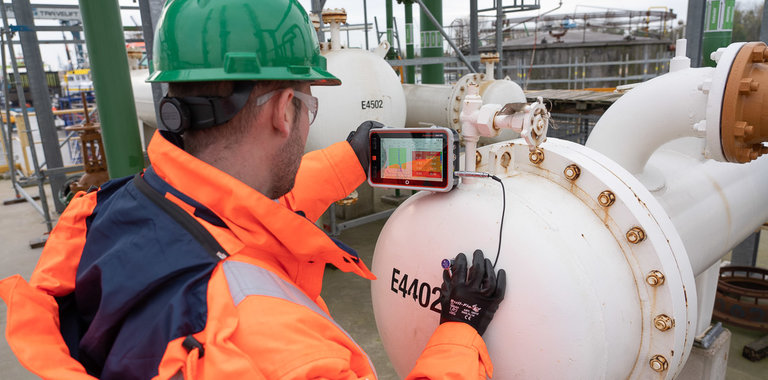
What is the range of applications of ultrasonic testing?
In this article:
- Ultrasonic Testing Is Widely Used Across Transportation Industries: UT is essential for inspecting rolling stock, aircraft components, and railway infrastructure, ensuring safety and reliability in high-stress environments.
- Critical for Metal Production and Fabrication: The method is applied to test cast, forged, and rolled products—such as plates, tubes, and wires—across steel mills, shipbuilding, and metalworking sectors.
- Supports Quality Control in Manufacturing and Electronics: UT is used to inspect semi-finished products, welded and soldered joints, and to verify production tolerances in machinery and electronic components.
- Vital for Power Generation and Chemical Processing: It monitors pressure vessels, boilers, turbines, and corrosion-prone installations in power plants and chemical facilities, helping prevent failures and downtime.
- Expands into Science, Research, and Medicine: Beyond industrial use, ultrasonic testing aids in material science research and is foundational in medical diagnostics for both humans and animals.
Nobody's perfect and that is why, for reason of safety and costs, many types of materials have to be checked to see whether they really do have the desired properties. Everywhere where such inspections have to be carried out one encounters non-destructive testing methods which frequently use ultrasound (ultrasonic testing). This is because ultrasound can propagate in many materials and is unproblematic to use. The field in which non-destructive testing methods can be applied is a large one and is constantly expanding. lt is used:
1.1 in traffic for inspecting rolling stock and aircraft and for checking rails e. g. railways; tramways etc.
1.2 in the metal producing industries for testing cast, forged and rolled products such as plates, tubes, wire etc.
1.3 in ship building and metal fabrication: for testing semi-finished products and joints.
1.4 in the machine manufacturing and electronics industries. For testing semi-finished products, for welded, soldered and bonded joints as well as for checking production tolerances.
1.5 in all types of power stations, for inspecting pressure and heat-stressed boilers and conduits, for monitoring turbines and generators.
1.6 in the chemical industry, for testing products, and compounds, for monitoring parts of installations subject to corrosion.
1.7 in science and research, for determining solid body and molecular properties and, in the field of medicine, for examining human beings and animals.
